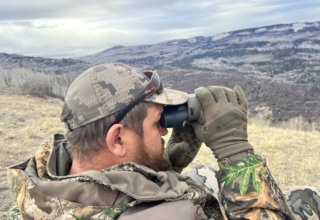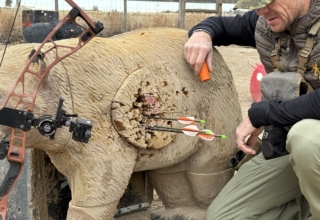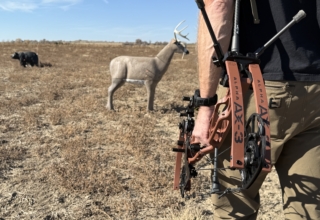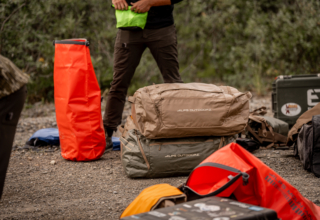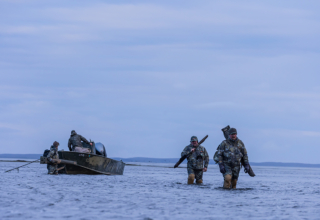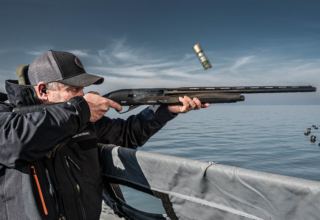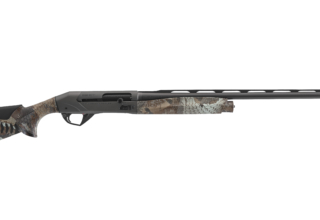Sadly, the time for chasing Canada geese, for this season at least, is nearing an end. However, as the last few pieces of sand drop through the hour glass, I suggest making time for one more honker mission.
by Jace Bauserman
I cut my hunting teeth, decoying Canada geese in the ag fields that surrounded my Colorado home. Aside from frostbite from not having the right gear, I can’t think of any better way to have spent my high school and college years. A local yokel, I either knew or worked for most area landowners, and access wasn’t an issue. Life was good. There was no public land for miles, and my geographic locale never made any must-visit migration destination reports.
Then, things changed.
Today, roughly 50 percent of my hunting area is public dirt. This is a good thing. I’m a public land guy, and I appreciate the lengths many game and fish agencies are taking to secure more private land for public use. Walk-In Access programs and other programs that open private land to public hunting have exploded. However, migration chasers have shown up in droves in areas they never once were. Today, most of the winter wheat, milo, and corn fields that surround my map-dot-town home offer Walk-In Access. In today’s hunt world, if you have a smartphone and a digital mapping app like HuntStand, locating open-to-anyone ground is a click away.
Naturally, increased hunt pressure has made goose hunting hard. Whether you’re in my boat or a flyway highway goer, heed the to-come tactics to hunt late-season public land honkers successfully.
Weather is King!
I’ve learned that weather is the most critical factor when hunting pressured late-season Canada geese. Clouds, snow, and the like reduce shine and often prevent geese from flying in the nose-bleed section of the sky. However, temperature is more critical that moisture or clouds.
When 30- and 40-degree days turn 0- and 15-degree days, the attitudes of decoy shy geese change. Why? Geese expend lots of energy during the day. Geese often fly 15 or 20 miles, from their roost to a field. After landing, they feed, and then fly the 15 or 20 miles back. During the evening, they repeat the process. All this flying and walking burns calories. Even the largest of Canada geese (Giant Canada subspecies), won’t tip the scale much over 15 pounds. Geese don’t have much fat to begin with, and when it comes to a long, brutal migration, they need all the calories and fat they can preserve. When temperatures dip, geese become more intent on feeding.

If you get a day of snow accumulation and temps plummet overnight, all the better. Frozen snow isn’t easy to dig through and getting to grain often requires large flocks to lay down in the snow for long periods. Geese use their body temperature to melt the snow. Flocks will also walk more to feed; scrambling to find areas in the field where they can get at grain. Walking in freezing temps means more calories burned. This tips the odds of success significantly in your favor. If you can plan a public-land hunt around freezing temperatures during the late season, the odds of filling your goose totes goes way up.
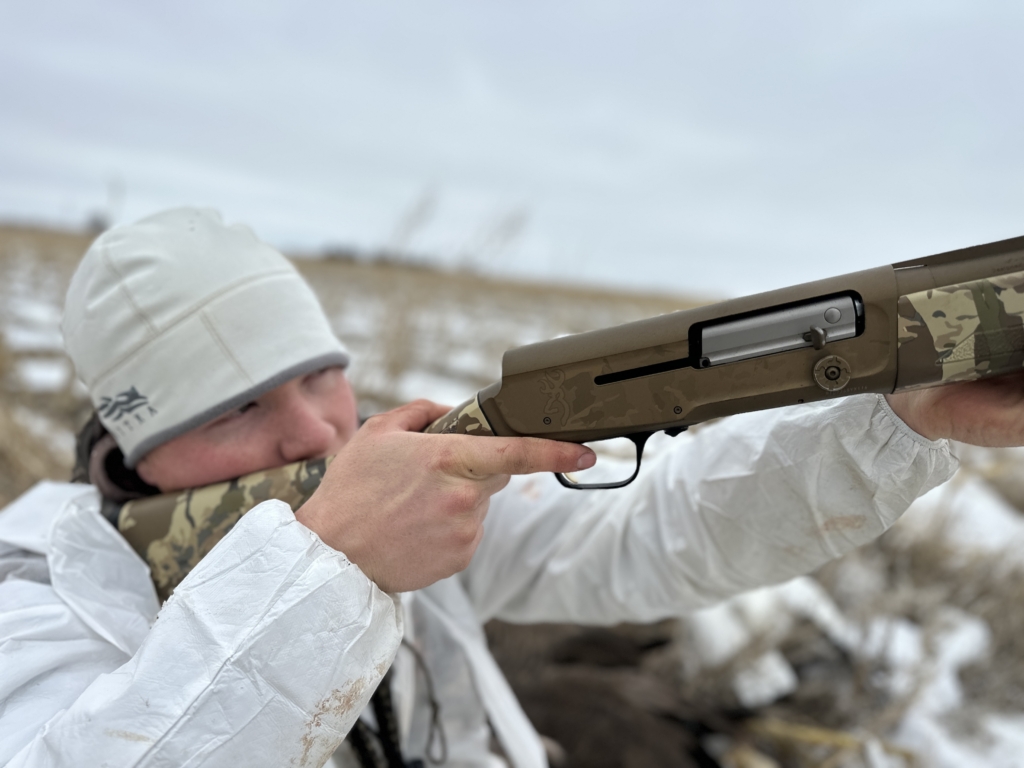
Get Real!
You’ll further boost your odds of success by using the most lifelike decoys you can afford and setting those fakes in a manner that mirrors what live geese do in a field. Decoys is where you can separate yourself from other public land goose goers. There is no pulling trailers into the middle of fields. For this reason, you can go the extra mile and out-work other goose hunters Get a good decoy hauling sled, backpack system, or whatever you know works, and get your spread out in the middle of a field away from ditches, pivot heads, and the like. Give the geese room to circle the fields middle, and you’ll kill more of them.
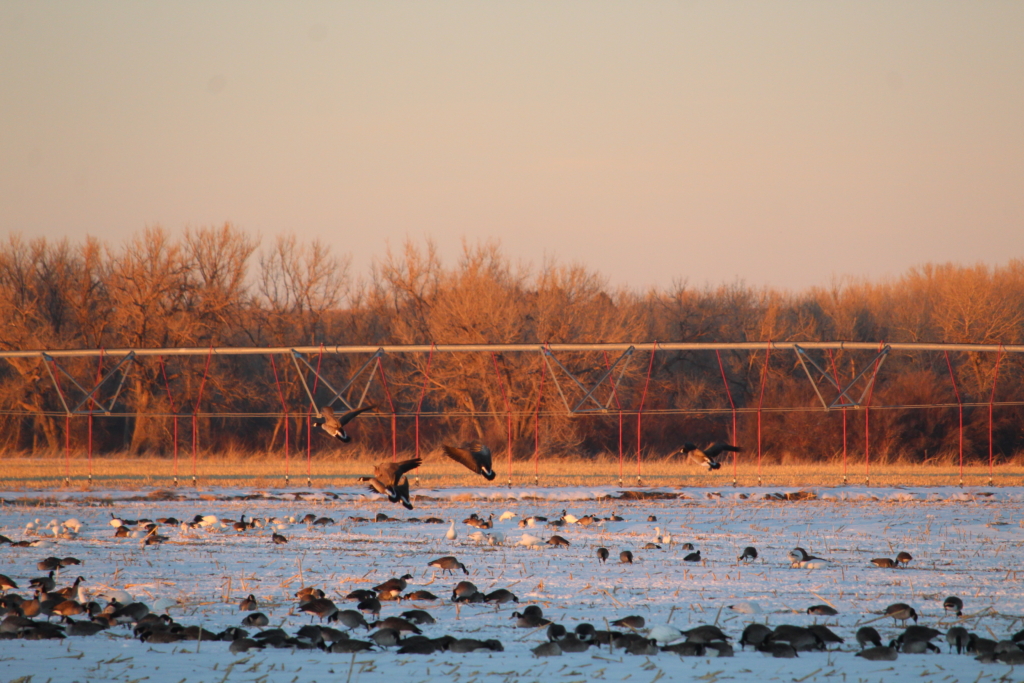
When setting your fakes, think about your scouting missions. What do geese do in this type of weather? Most, especially if snow is on the ground and the air is cold, lay down for a grip of time. I love flocked shell-style decoys for these types of hunts. They are easier to stack and tote into fields than full-body decoys, and aren’t as hard on the bank account. The subspecies of geese I’m after dictates the spacing of my shells. I put the shells close together if I’m hunting cacklers or lesser Canada birds. These geese don’t mind landing right on top of each other. If the geese using the field are big dawgs, I space the shells to give the birds plenty of room to land.
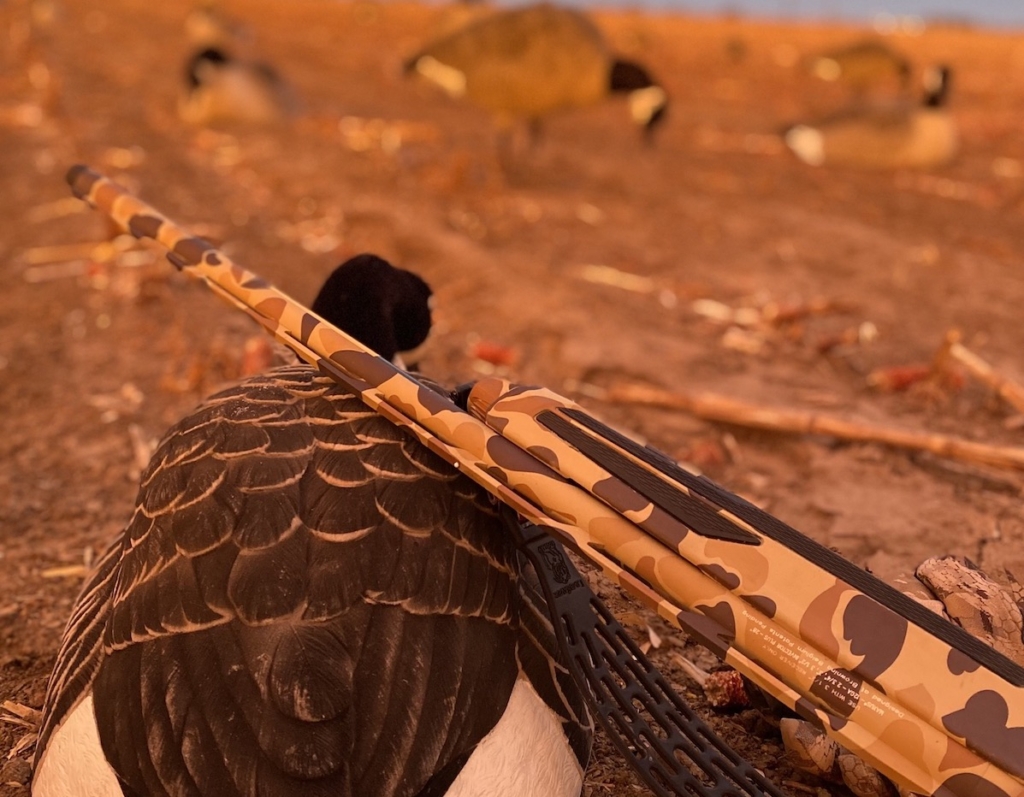
I’m also a big fan of silhouette and sock decoys. Dive Bomb’s V2FF (Fully Flocked) Canada Silhouettes and S3Fi Flcoked Canada Socks have been a game changer. These decoys are bombproof, lifelike, and let us haul dozens afield with minimal effort. Turn the stocks into the wind and use the silhouettes to add visual depth and attract attention from high-flying geese.
I also prefer to go with smaller spreads during the late-season. Late-season geese tend to group up and gather in larger flocks. More geese mean more eyes. Plus, the birds have already received extensive pressure. Try a small U or J pattern that leaves an exposed landing spot.
After geese land and lie down for a bit, many start walking away from the group to feed. These lines of walking geese are often referred to in the waterfowl world as lunch lines. I love to haul a few, no more than 12, full-body, fully flocked decoys into the field and create a few lunch lines.
Hide!
Ditches and the like surround lots of agricultural fields around the country, making good hides. However, pressured geese get wise to these ditches quickly. In my neck of the woods, by the time the February rolls around, geese, even hungry geese, avoid passing over ditches like the plague. They use the middle of large fields to circle, drop altitude, and approach with the wind in their face.

I like a lightweight layout blind with backpack straps for public-land goose hunting. Most of these blinds have a system that allows you to haul a dozen shell decoys or a handful of full-body decoys. My go-to is If the walk to the field’s middle isn’t extreme, you can’t beat ALPS’ Legend Layout Blind. The blind is uber-comfortable, keeps you off the cold ground, and it’s easy to make it disappear.
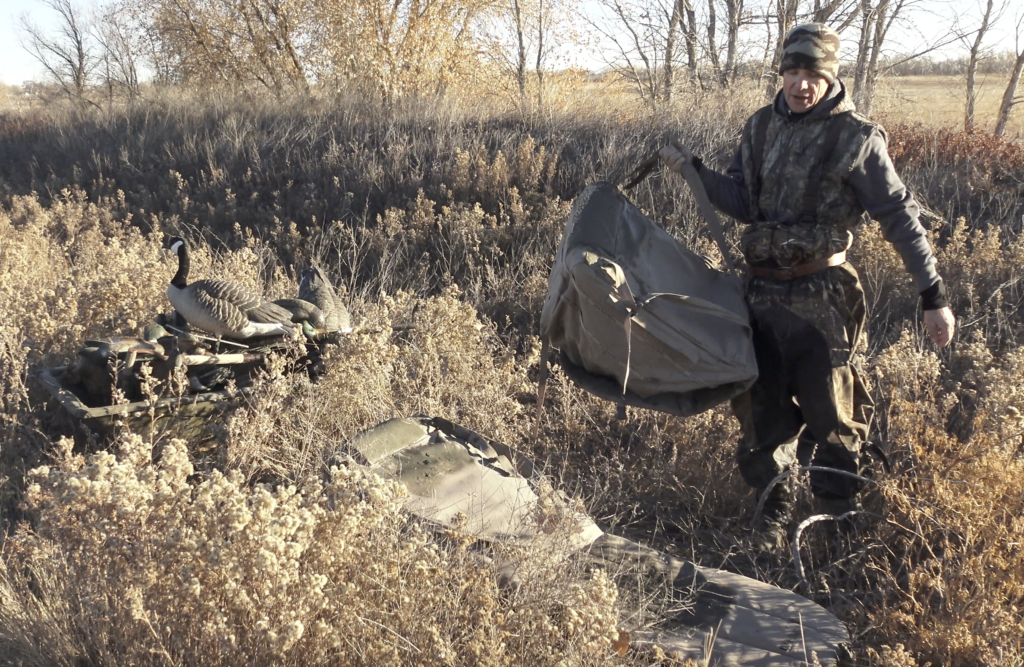
Pick a blind that is easy to brush in and set up. If snow covers the ground, be sure you use a white cover for your blind and white coveralls. Sitka makes a great system. It’s a very expensive system. For my son and other hunters, I order a case of disposable white hazmat-style suits each year off Amazon. They work wonderfully. If no snow is on the ground, be sure to use corn stalks, tumbleweeds, and whatever is available to blend your blind into the landscape. Shell decoys and silhouette decoys can also be used to help with your hide.
Listen More … Call Less
I love to call geese. However, when hunting late-season geese hell-bent on filling their bellies with grain, I let the weather conditions, decoy set, and my hide do most of the work. If geese start getting vocal as they let the air out and start to commit, you can cluck hard and finish them, but I don’t recommend much, if any, calling when they are a reasonable distance out and coming toward the field you’re hunting.


